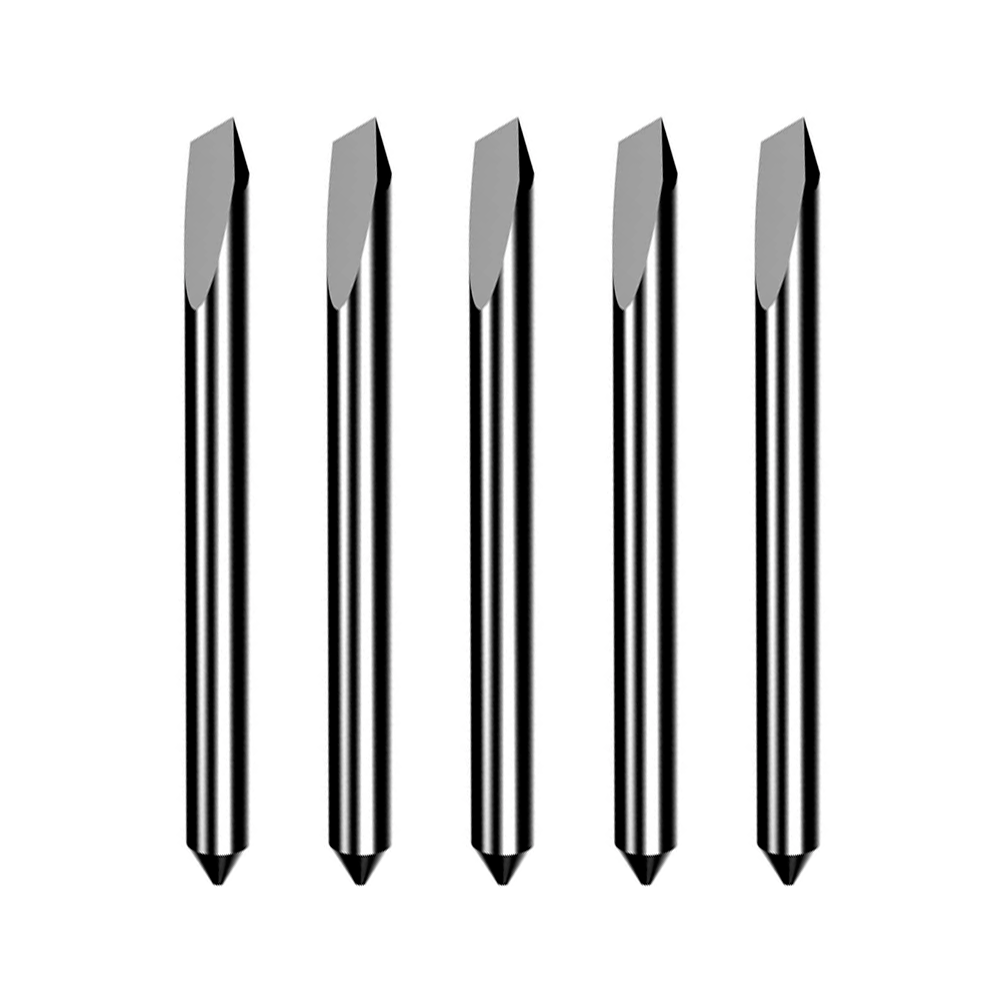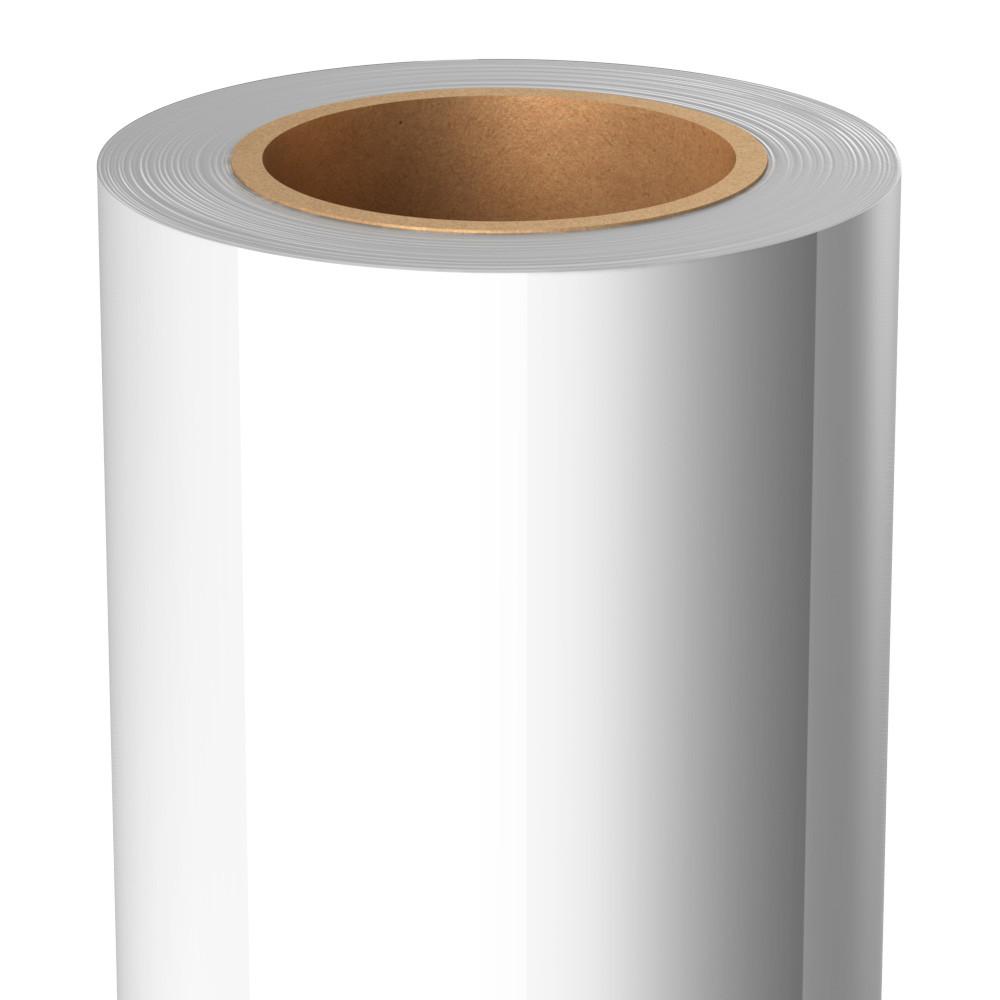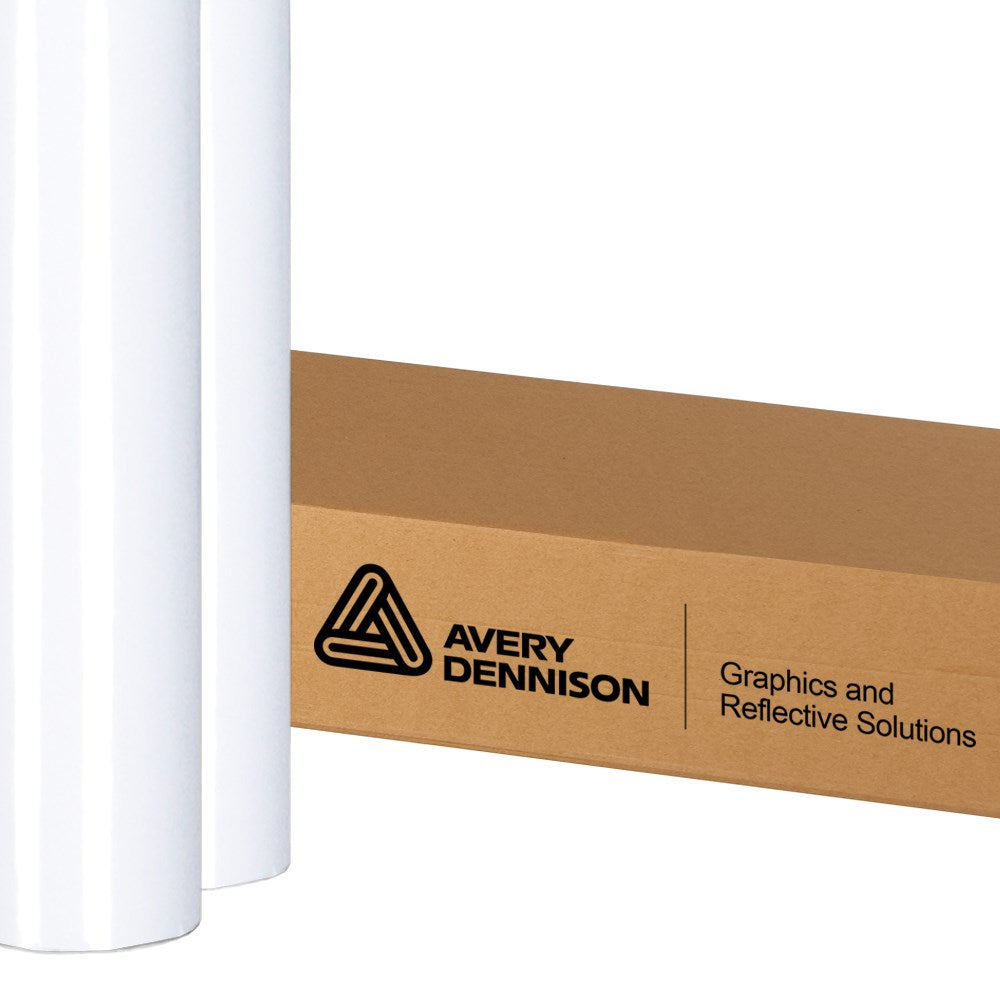As you update your space and marketing materials, you may notice some wrinkling or cracking in your vinyl wrap. If your signs contain vinyl materials or you have vinyl wraps that are exposed to water and other outdoor elements, you probably noticed this type of wear and tear.
Perhaps you already vinyl-wrapped a wall or other surface, but want to add additional flair. Additional vinyl decals can make a space pop and add variation to existing designs. If this idea appeals to you, you will want to know if it is safe to put a 3M printable vinyl sticker on the existing vinyl wrap.
No matter your reasoning, it is totally acceptable to put 3M cast vinyl products on a 3M vinyl wall wrap. Cast vinyl, also known as high-performance vinyl, is a high-end, self-adhesive vinyl wrap. It’s extremely durable and vibrant, making it the perfect material to elevate a space or finish a marketing piece.
However, there are some situations in which it is not advisable to layer vinyl on your vinyl wrap. Below, we’ll explore what cast vinyl wraps are capable of and when you can layer your vinyl materials without sacrificing the quality of your designs.
What Is Cast Vinyl?
Cast vinyl is a type of long-lasting, adhesive vinyl that is resistant to damage from outdoor elements. This vinyl is manufactured by spraying liquid resin onto a polished cast-paper backing, which makes the vinyl moldable and easy to work with. When the vinyl dries, gravity is used to let it settle so the vinyl is formed in a thin layer.
Because heat is absent in the manufacturing process, this vinyl is extremely flexible and durable. The vinyl can easily stretch and curve around a wide variety of surfaces. When you apply cast vinyl, it is superheated, which sets the memory of the plastic. This step prevents the vinyl film from shrinking once it’s cooled. When shrinkage occurs (this is common for calendered vinyl), it creates wrinkles, bubbles, and cracks in the vinyl over time.
Reasons You Should Layer Vinyl
There are plenty of times when layering vinyl is recommended. Here are a few examples of when we suggest layering your vinyl:
Crafting Purposes or Decor
Teachers, interior designers, and crafting hobbyists unite! When you are putting up interior signs, such as labels for learning stations in a classroom or signs for your office to guide patrons, layering your vinyl with vinyl stickers is a safe and easy way to do this.
By layering stickers onto existing vinyl wraps, you can add a more personalized touch to your signage or decor. This also works for interior design-related wall wraps. If you have a wall on display in your lobby that explains the history of your company or shows a map of the building, vinyl stickers can be added to include additional information or art.
Lamination
You can use clear vinyl to layer over colorful or designed vinyl to add another layer of protection. You should proceed with caution, however, because some vinyls are not compatible and layering will impact the quality of your end result. For example, layering cast vinyl with calendered vinyl can result in an uneven finish or result in the calendered vinyl shrinking or cracking, warping the cast vinyl.
When you layer the same type of vinyl, you can avoid ending up with an uneven texture while protecting the vinyl underneath. This can make your vinyl last longer if applied correctly.
Reasons You Shouldn’t Layer Vinyl
In some situations, layering your vinyl can cause more harm than good.
The Vinyl Underneath Is Damaged
Say your vinyl is peeling or curling on the corners. You need to trim the curled or broken parts and replace them with a new layer of vinyl. While you can certainly do this, the overall quality of your product may suffer because imperfections on your first layer of vinyl will show through to your top layer.
If the vinyl underneath is not properly cleaned, then the new layer of vinyl will trap dirt, particles, and anything else between the layers. This will result in bubbles, imperfections, gaps, and an uneven texture.
Rather than cover damaged vinyl with a new layer, we advise removing the first layer completely. Thoroughly clean the surface it was attached to before applying any other layers of vinyl.
Cast Aside, AirMark Has What You Need
We recommend always layering your vinyl with a compatible vinyl wrap or decal, cleaning all materials and substrates thoroughly before applying the vinyl, and removing any damaged vinyl immediately.
At AirMark, we provide high-quality sign-making materials and equipment. If your business sells or uses vinyl decals, wall wraps, and other related items, we have what you need. For more information about the vinyl you need and how to apply it professionally, call us today for a consultation.





